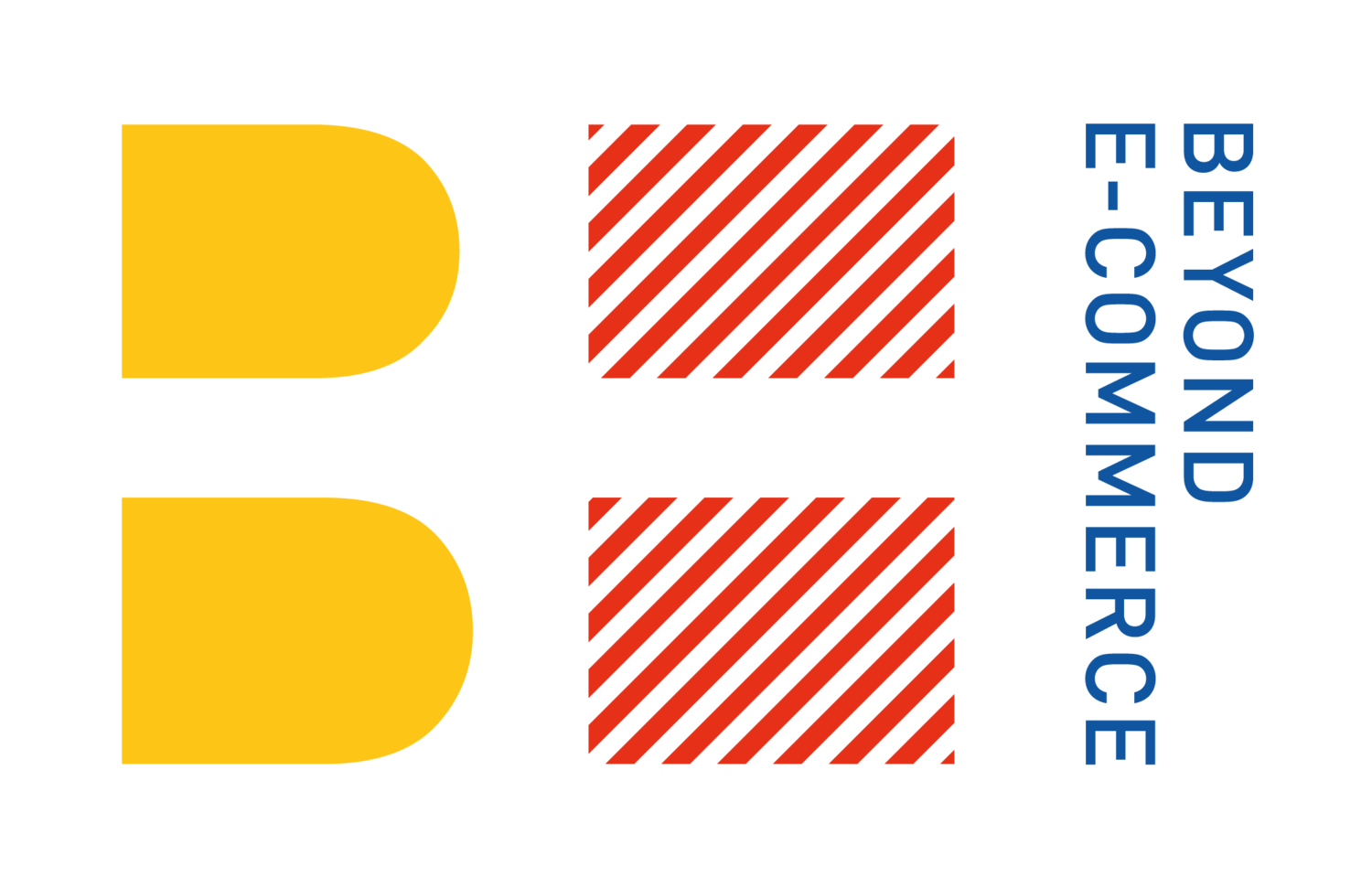Supply chain
The hidden advantage of an optimized supply chain in e-commerce
The supply chain has always been the backbone of retail, but in the age of digital e-commerce it is becoming even more important. For decision-makers in e-commerce, it is clear that an optimized supply chain is not only a question of efficiency, but also of customer experience and building trust. Why? Because today more than ever, customers expect transparency, reliability and fast deliveries. And this is exactly what a well-functioning supply chain can deliver.
Why is the supply chain crucial?
In a world where consumers can find alternatives in seconds, the supply chain can make the difference between a company's success and failure. A weak supply chain leads to delivery delays, empty shelves and disappointed customers. A strong supply chain, on the other hand, builds trust and retains customers in the long term.
Key points that you should keep in mind as a decision-maker:
Inventory transparency: Customers want to know whether a product is available - preferably in real time.
Efficient distribution: Fast and reliable deliveries are essential to satisfy customers.
Sustainability and flexibility: More and more customers are attaching importance to environmentally friendly options and flexible delivery options.
What is a supply chain?
A supply chain is a complex network of different companies that work together to manufacture and deliver products and services. From the first stage of the value chain, such as the procurement of raw materials, to the delivery of the finished product to the end customer, many players are involved. Each of these players takes on specific tasks so that production, logistics and the provision of services interlock smoothly.
Simply explained: a supply chain comprises all the steps that are necessary for a product to find its way from production to you, the customer. Freight forwarders, railroad companies, shipping companies and airlines play an important role in transporting goods safely and efficiently - whether by truck, train, ship or plane.
Indispensable in almost every industry: supply chains can be found in many sectors, be it retail, healthcare or the supply of food and water. Depending on the industry and product, supply chains can vary greatly in length - from local deliveries over short distances to global transportation across continents.
A modern supply chain is therefore more than just transportation from A to B. It is a strategically important network that contributes significantly to value creation and strengthens customer trust.
How do you build trust through a strong supply chain?
Transparency: Show your customers clearly which products are available. This builds trust and avoids frustration.
Speed and reliability: Customers expect fast and punctual deliveries. Make sure that your system meets - or even exceeds - these expectations.
Sustainability: More and more consumers are paying attention to how environmentally friendly companies operate. Sustainable supply chains can be a competitive advantage.
Examples from practice
A well-organized supply chain has the potential not only to satisfy customers, but also to retain them. One example of this is the introduction of transparent stock information on product detail pages, which enabled B2B customers to plan better and process orders more efficiently.
In contrast, a poor supply chain has already brought down major companies. A prominent example is Target's entry into the Canadian market. Due to significant problems in the supply chain, shelves were empty, which not only led to frustrated customers, but ultimately to the company withdrawing from the market.
Conclusion: supply chain as a strategic advantage
An optimized supply chain is more than just a means to an end. It is a strategic advantage that helps companies retain customers and stand out from the competition. For decision-makers in e-commerce, it is essential to invest in the digitalization and optimization of the supply chain in order to remain successful in modern retail.
Act now: Check your supply chain. Where is there potential for optimization? Focus on transparency, reliability and sustainability to secure your competitive advantage.
Other exciting terms in this context:
Lean management tools Heijunka & PDCA cycle
